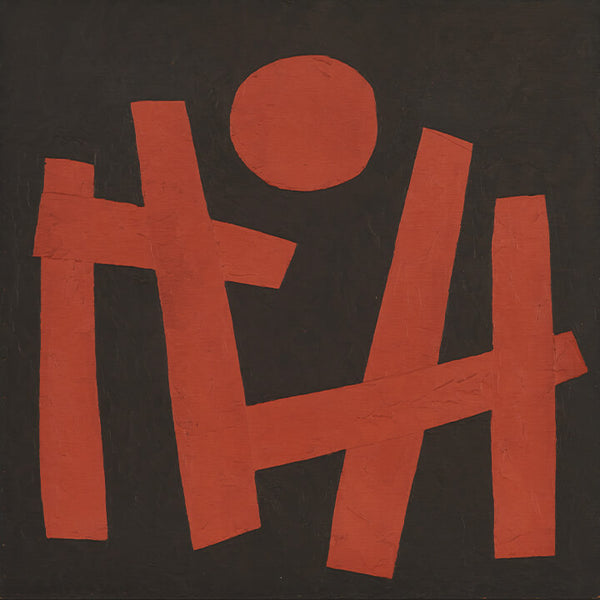

山口长男

Born in Gyeongseong (current: Seoul) in 1902, Takeo Yamaguchi returned to Japan in 1921 and began to study western paintings under Saburosuke Okada. In 1927, he went to France soon after graduated from Tokyo Fine Arts School (current: Tokyo University of the Arts). While being influenced by Picasso, Black, and Yuzo Saeki, Yamaguchi visited frequently to the atelier of sculptor, Ossip Zadkine, where he expanded his figurative sensibility. On the way from France, Yamaguchi landed in Gyeongseong and the second world war was ended during his stay. After the war, he was committed to reunite Nika-Exhibition in Japan, also to establish an avant-garde group “kyushitsu-kai” with Jiro Yoshihara and “Japan Abstract Art Club”. In 1954, He exhibited in “The American Abstract Artists 18th Annual Exhibition” (Riverside Museum, New York); consecutively invited to internationally famous festivals like Sao Paulo Biennale(1955 and 1965)and Venice Biennale(1956 and 1958); received the Minister of Education Award for Fine Arts in 1961; exhibited in “The New Japanese Painting and Sculpture” (the Museum of Modern Art, New York) and “Modern Painting from Japan” (Kunsthaus Zuerich, Swiss) in 1965. In 1982, Yamaguchi was inaugurated as the first president of Musashino Art School a year before his death. Yamaguchi established a strong presence as a pioneer to the extent that no other one was before Yamaguchi when it comes to Japanese abstract art. Based on black color tones, his thick brush stroke with limited colors like ocher and reddish brown lets us feel the fertile soil of the continent and a touch of human being in his own way; it is clearly distinguished from other geometrical abstract which is entirely focused on stunning impression.




